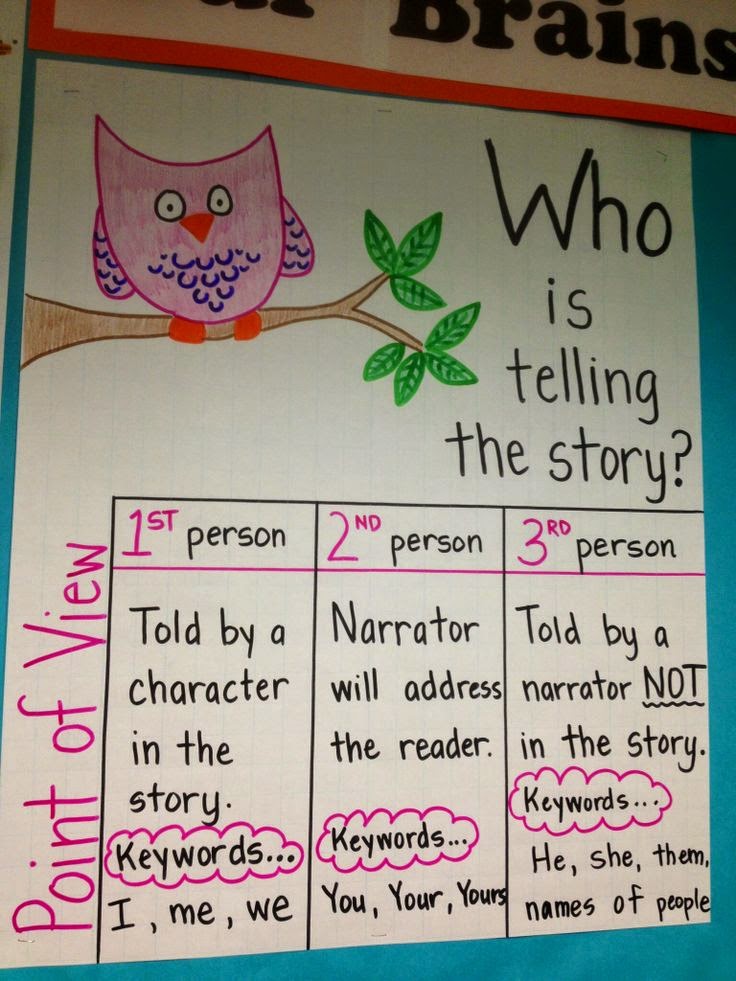Minilesson Resources
Expert Analysis: from Teaching Channel, this 15 minute video highlights a minilesson on finding the main idea of a story.Anchor Charts
from Heather Kidd on Pinterest.com
from www.michelleorourke.com
from http://fabulous-fourth.blogspot.com
from Christine Gish on Pinterest.com
from Kari Polzin Hodson on Pinterest.com
Grade Level Expectations
(from Continuum of Literacy Learning, Fountas and Pinnell, 2012)
PreK
- understand how the ideas in a book are related to each other
- understand how the ideas in a text are related to the title
Kindergarten
- notice how an author makes a text funny or surprising
- appreciate humor in text
- notice connection between print and pictures
- understand that a story has a beginning, middle, and end
- understand how an author makes characters or situations interesting
- discuss the image the author creates in your mind while reading with or without the aid of illustrations (visualizing)
First Grade
- notice aspects of genres
- notice different authors’ formats (compare/contrast, problem/solution, sequential, descriptive)
- notice how pictures communicate meaning
- notice author’s style after reading several books by that author
- notice descriptive language and discuss how it adds to the story
- discuss the image the author creates in your mind while reading with or without the aid of illustrations (visualizing)
- identify the point in the story where a story is resolved
Second Grade
- notice aspects of genre
- compare and contrast character point of view
- sequence events in a story
- identify problem and solution
- identify cause and effect
- discuss how a text is organized
- identify important parts of an illustration
- notice variety in layout (bold words, large font, italics, etc.)
- discuss the image the author creates in your mind while reading with or without the aid of illustrations (visualizing)
- notice author’s style after reading several books by that author
- notice descriptive language and discuss how it adds to the story
- understand the relationship between the setting and the plot
- identify the author’s purpose
- explain how illustrations or photographs add to the meaning of a text
Third Grade
- notice combined genres
- identify main idea and supporting details
- identify author’s purpose
- identify story elements (setting, problem, solution)
- demonstrate how a text is organized using diagrams
- notice how the pictures convey meaning
- discuss the image the author creates in your mind while reading with or without the aid of illustrations (visualizing)
- notice variety in layout (bold words, large font, italics, etc.)
- notice author’s style after reading several books by that author
- notice and interpret figurative language
- understand how the author uses suspense
- notice elements of fantasy (motifs, symbolism, magic)
- compare and contrast points of view
- identify first versus third person narration
Fourth Grade
- notice combined genres
- understand and talk about the overall text structure and underlying organizational structures
- identify and evaluate arguments and conclusions in persuasive text
- notice how illustrations convey mood
- discuss the image the author creates in your mind while reading with or without the aid of illustrations (visualizing)
- notice and interpret figurative language and descriptive language and discuss how it adds to at text
- understand the role of setting in realistic and historical fiction as well as fantasy
- notice how the author built suspense into a story
- represent complex plots in diagrams
- notice author’s style after reading several books by that author
- notice symbolism
- identify author’s purpose
- identify main idea and supporting details
- identify multiple point of view
- notice and compare and contrast first versus third person point of view


.jpeg)


No comments:
Post a Comment
Please share additional ideas and resources for this topic: